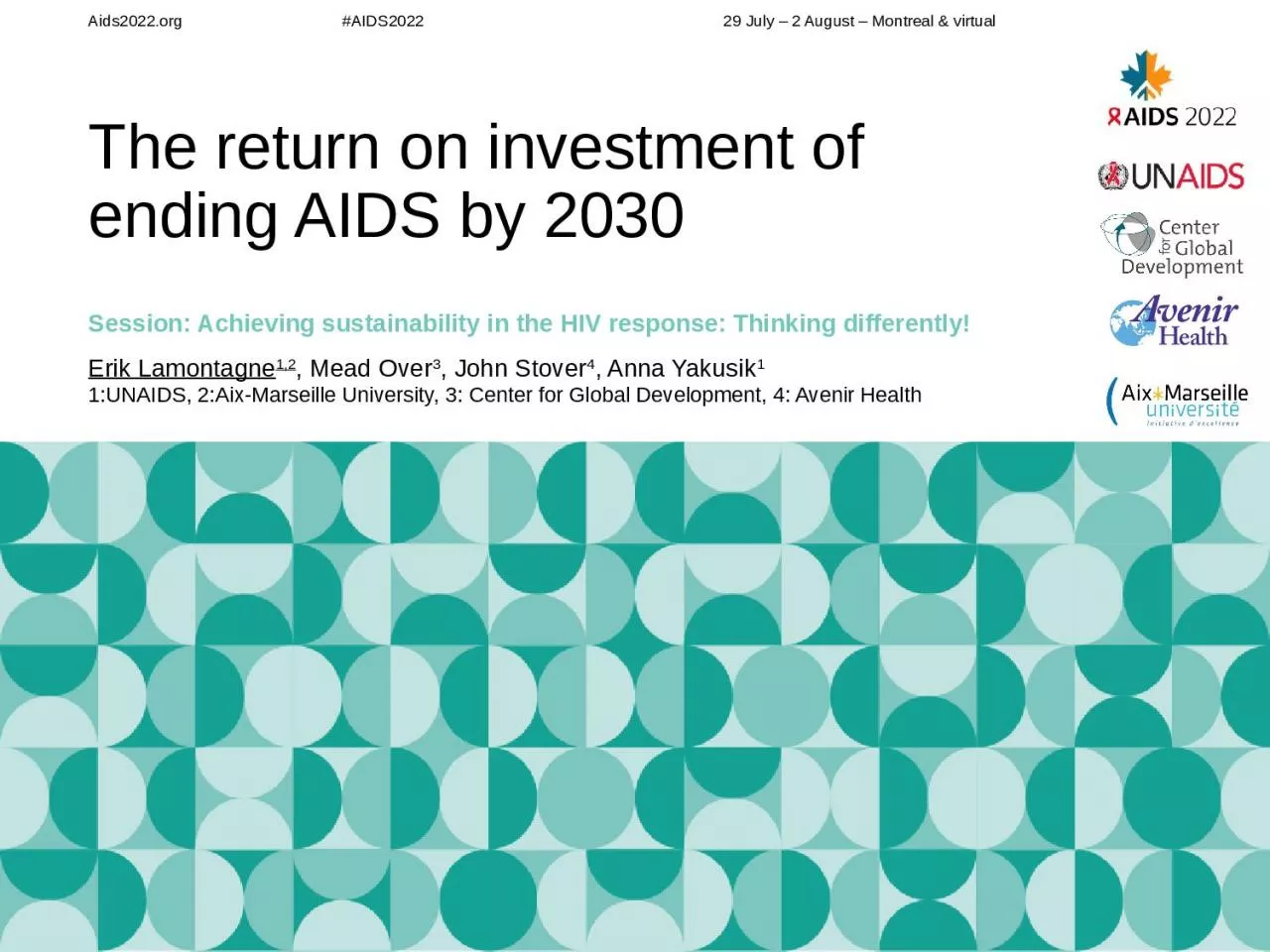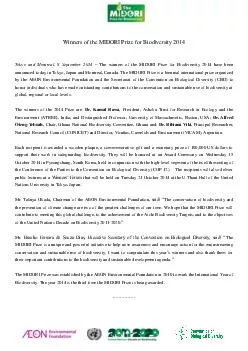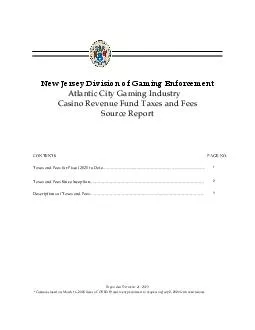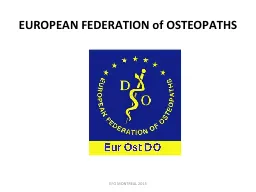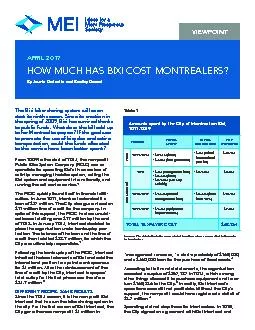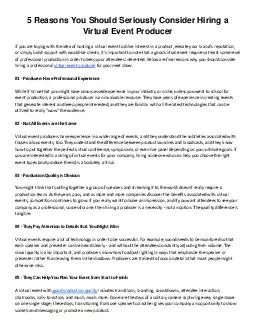PPT-Aids2022.org #AIDS2022 29 July – 2 August – Montreal & virtual
Author : pamela | Published Date : 2023-11-04
The return on investment of ending AIDS by 2030 Erik Lamontagne 12 Mead Over 3 John Stover 4 Anna Yakusik 1 1UNAIDS 2AixMarseille University 3 Center for Global
Presentation Embed Code
Download Presentation
Download Presentation The PPT/PDF document "Aids2022.org #AIDS2022 29 July –..." is the property of its rightful owner. Permission is granted to download and print the materials on this website for personal, non-commercial use only, and to display it on your personal computer provided you do not modify the materials and that you retain all copyright notices contained in the materials. By downloading content from our website, you accept the terms of this agreement.
Aids2022.org #AIDS2022 29 July – 2 August – Montreal & virtual: Transcript
Download Rules Of Document
"Aids2022.org #AIDS2022 29 July – 2 August – Montreal & virtual"The content belongs to its owner. You may download and print it for personal use, without modification, and keep all copyright notices. By downloading, you agree to these terms.
Related Documents

